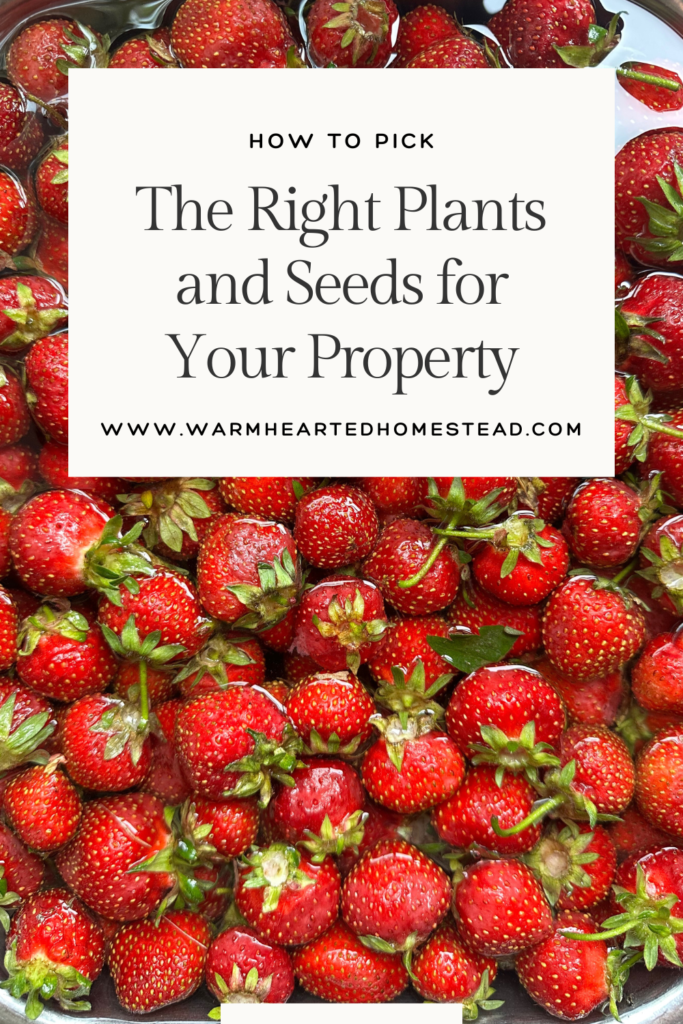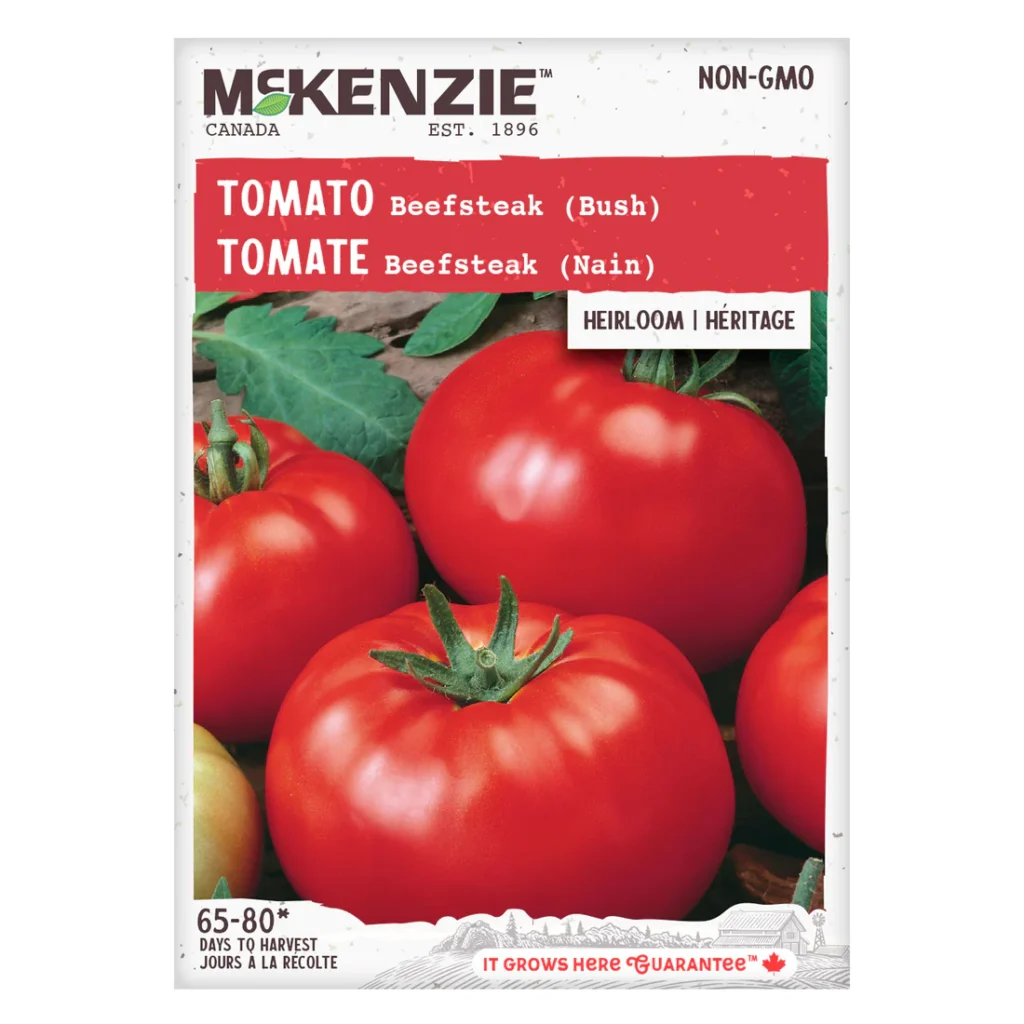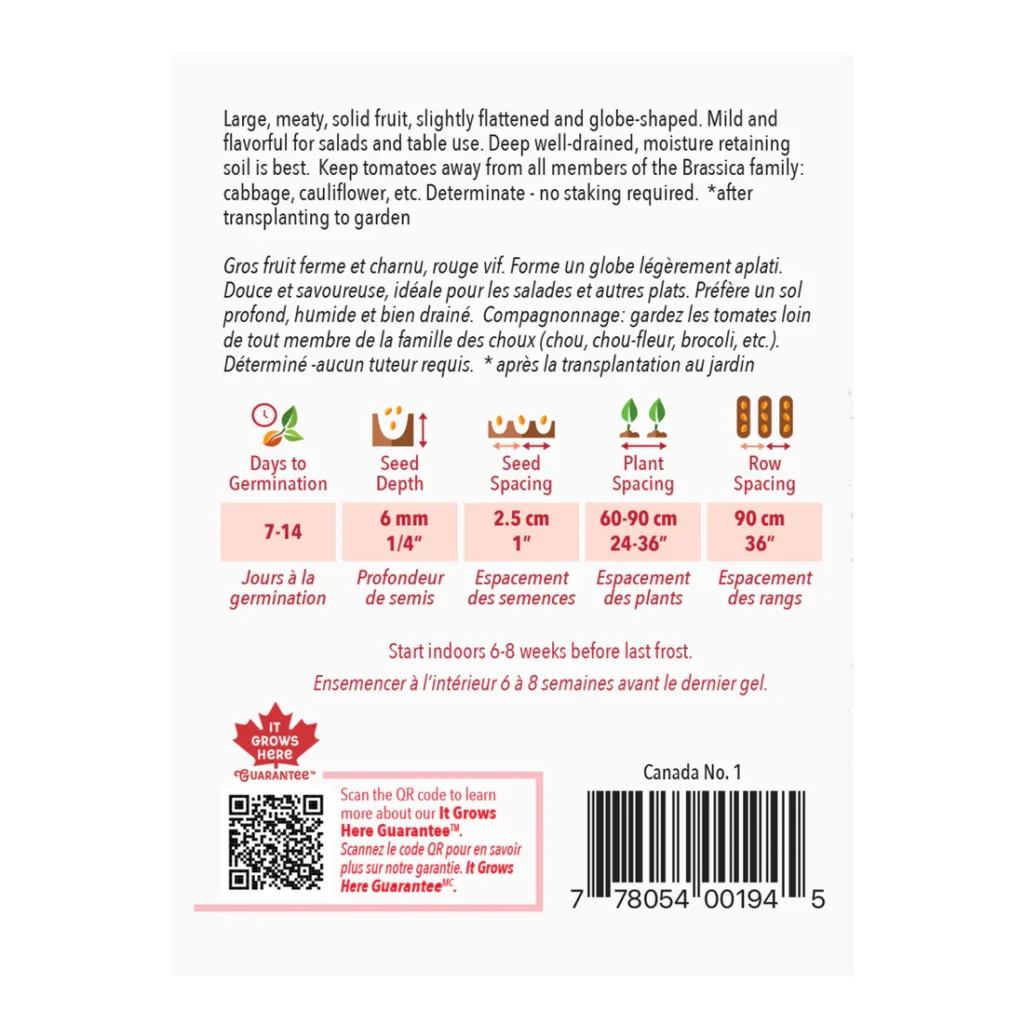If you are fairly new to the world of gardening, the options for planting feel endless. Whether you shop at your local grocery stores, hardware stores or green house, you will be met with a ton of options. How do you decide what to plant? How do you select the variety that will work for your property? What should you avoid altogether?
I had so many questions when I started my gardening journey. I was extremely naive to the world of plants and gardening. Honestly, I assumed that any seed you threw in dirt and watered would thrive.
Few years of trial and error (and some incredible guidance from my mother in law), I started to really look at where I was going wrong.

What is a Plant Hardiness Zone?
A “plant hardiness zone” refers to a geographical area with a specific range of climate conditions relevant to a plants growth and survival. They are based off of annual minimum temperatures.
Thee hardiness zones are critical tools for gardeners to decide on what plants they can grow.
How are Hardiness Zones Used?
They are used to select plans that will survive over winter. Hardiness zones help determine the length of your growth season (important when select vegetables and fruit). And it also is decide if the selected plants will be annuals or perennials.
Annuals: die in the winter and need to be replanted each year.
Perennials: regrow on their own each season.
What is my Plant Hardiness Zone?
You can find your plant hardiness zone on most government websites. They are readily available online. I also like to utilize the knowledge of my local greenhouses. They are very familiar with the planting zones in their areas.
Here are some Plant Hardiness Zone links.
Canada:
https://planthardiness.gc.ca/?lang=e
United States:
https://planthardiness.ars.usda.gov
You Found Your Plant Hardiness Zone
Once you find your plant hardiness zone (I am 3a), you will be able to plan out you garden. This will help you figure out your average growing season. It will also allow you to select the right perennials.
How to Pick Plants for Your Hardiness Zone
After I researched my Plant Hardiness Zone, I found out thar my growing season (Zone 3a) was approximately 115 days (average). This is the time I have to grow a plant to the point of harvest or flowering. When I am selecting my seeds, I need to ensure that they will grow within that timeline.
These days can vary up to a week or two. When you pick the plants you want to try, you will have to factor in a possible early or late frosts. Early frosts will come early in the fall during harvest. Late frosts will happen in the spring when you are planting your seeds. Frost damage can be prevented by covering your plants/seeds with bed sheets or tarps to prevent being damaged by frost.

On this Beefsteak tomato packet, you can see that it says 65-80 to harvest.
These number will vary depending on climate, growing conditions and seed variety.

On the backside of the packet, they recommend starting indoors 6 to 8 weeks prior to the last frost.
This will allow you to harvest your plant earlier in your growing season. Allowing for multiple harvests.
The last frost will be the start of your growing season. When you transplant these beefsteak tomato plants outside, that will be the start of the “65 to 80 days to harvest.
When you are planting flowers, your will see “days to bloom” or “days to flower” on the packet. This is similar to the vegetables “days to harvest”.
Hoop Houses or Greenhouses
If you are lucky enough to have hoop houses or a greenhouse, then you will be able to extend your growing season. These are great ways to prolong your harvests.
Sun and Location
When picking your seeds and plants, be aware of the locations your are considering. The amount of sun exposure in a day will make a difference in the plants viability.
Full Sun Exposure: 6 or more hours in the day.
Partial Sun Exposure: 4 to 6 hours in the day.
Shade: Less that 4 hours.
Types of Seeds
There are many different types of seeds to pick from. Such as organic, non-GMO, heirloom, hybrid, and open-pollinated. They can get a pick confusing when you are trying to understand what you are buying.
Organic: are grown in a way that is compliant with the USDA. They are also non-GMO, as per USDA standards. This means they were grown without harmful chemicals along with other standards of growing.
Non-GMO: It’s possible for seeds to be non-GMO, but not organic. Non-GMO seeds are not genetically modified but aren’t necessarily grown organically.
Heirloom: are a variety that has been passed down for multiple generations. These seeds are open-pollinated. Heirloom seeds can be grown organically or non-organically.
Hybrid: Hybrid seeds come from controlled cross-breeding of two plants to create a new variety. They can be bred to resist disease, create a larger yield, and other characteristics. While hybrid seeds are not genetically modified, you are unable to save the seeds because they’re not considered stable.
Open-pollinated: means the flowers are pollinated by bees, moths, or even wind. Some open-pollinated seeds are also self-pollinating. Open-pollinated seeds are not hybrids. Some consider the flavor of open-pollinated to be superior to hybrid seeds.
Warm Season vs. Cool Season
If you are planting in an area with large temperature changes, you will need to also take into consideration the hardiness of your warm season and cold season plants.
Warm season plants are more sensitive to cold weather and don’t survive freezing temperatures. If you are expecting 5C or 41F, you will want to consider covering your warm season plants. These plants are harvested early in your growing season. Warm season vegetables include beans, corn, cucumbers, eggplant, melons, peppers, zucchini and summer squash, pumpkin and winter squash, sweet potato, tomato, and watermelon.
Cool season plants thrive in cooler temperatures. They actually taste better when the temperatures are lower. These plants may become bitter if they are maturing in hot temperatures. Cool season vegetables include asparagus, beets, broccoli, Brussels sprouts, cabbage, carrots, cauliflower, celery, Chinese cabbage, collard greens, endive, Swiss chard, kale, kohlrabi, leek, lettuce, mustard greens, onion, parsnips, peas, Irish potatoes, radishes, rhubarb, shallots, spinach, and turnips.

Leave a Reply